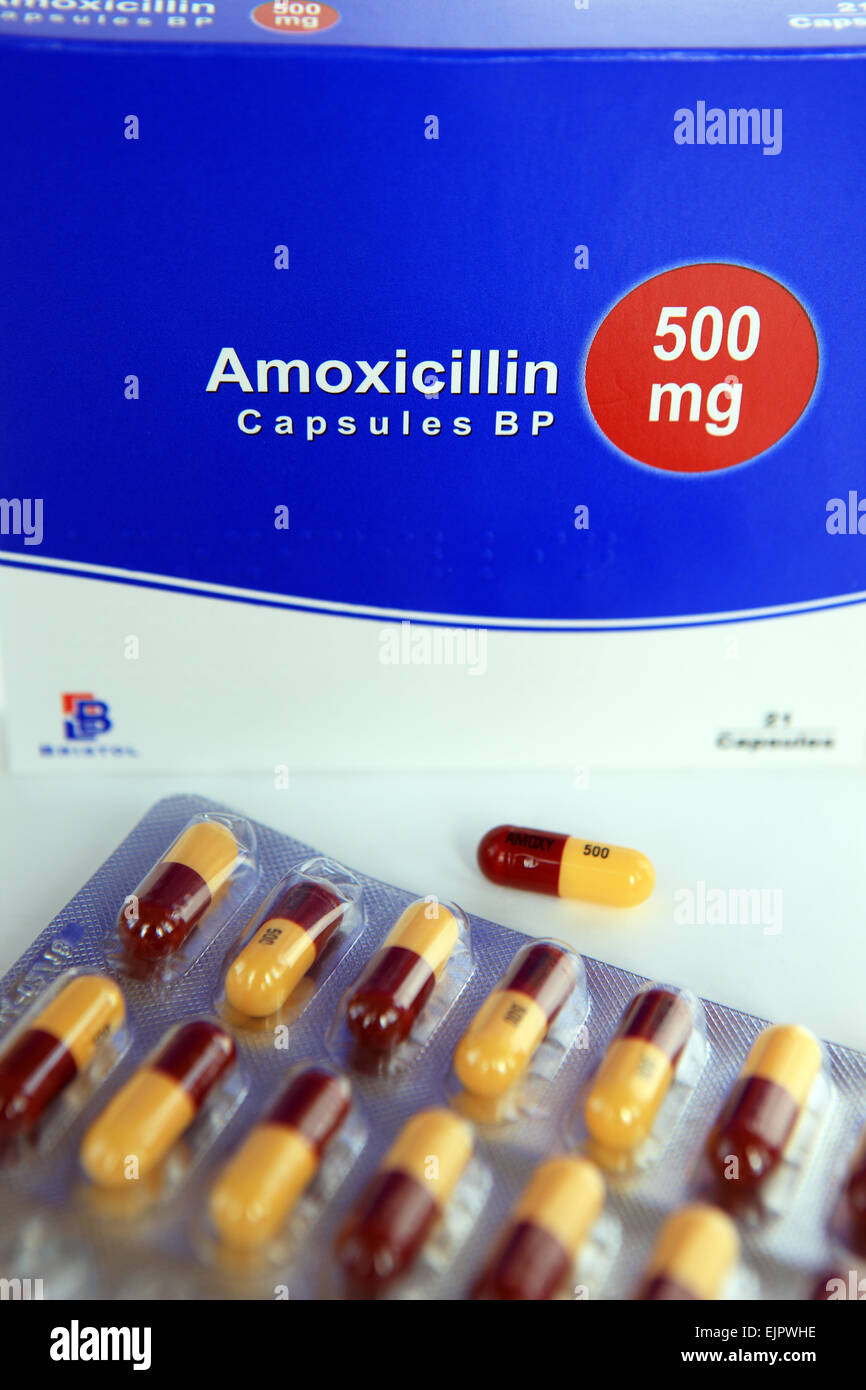Amoxicillin potassium clavulanate, commonly known by its brand name Augmentin, is a prescription antibiotic that combines two active ingredients: amoxicillin and clavulanic acid (in the form of potassium clavulanate). This combination drug is used to treat a wide variety of bacterial infections, including those affecting the skin, respiratory tract, sinuses, ears, and urinary tract. The addition of clavulanic acid to amoxicillin is significant because it extends the spectrum of activity of the antibiotic to include bacteria that are resistant to amoxicillin alone.
How It Works
Amoxicillin is a penicillin-like antibiotic that works by stopping the growth of bacteria. However, many bacteria have developed resistance to amoxicillin by producing an enzyme called beta-lactamase, which breaks down the antibiotic and renders it ineffective. Clavulanic acid, on the other hand, is a beta-lactamase inhibitor, meaning it can prevent the bacteria from destroying the amoxicillin. By combining these two substances, amoxicillin potassium clavulanate effectively treats infections caused by both beta-lactamase-producing and non-producing bacteria.
Effective Treatment for Various Infections
The combination of amoxicillin and clavulanic acid makes amoxicillin potassium clavulanate an effective treatment for a variety of infections, including:
- Acute Otitis Media (Middle Ear Infection): This is one of the most common infections in children, caused by bacteria such as Streptococcus pneumoniae, Haemophilus influenzae, and Moraxella catarrhalis. Amoxicillin potassium clavulanate is often prescribed to treat this condition due to its broad-spectrum activity.
- Acute Bacterial Sinusitis: Infections of the sinuses are frequently treated with amoxicillin potassium clavulanate, especially when caused by resistant organisms.
- Lower Respiratory Tract Infections: Such as community-acquired pneumonia and acute exacerbations of chronic bronchitis, are also treated with this antibiotic.
- Skin and Soft Tissue Infections: Including cellulitis, wound infections, and bites.
- Urinary Tract Infections (UTIs): Amoxicillin potassium clavulanate may be used for the treatment of UTIs, particularly when caused by Escherichia coli, Klebsiella pneumoniae, and other susceptible organisms.
Benefits and Considerations
The benefits of amoxicillin potassium clavulanate include its broad-spectrum activity, allowing it to be effective against a wide range of bacteria. It is also generally well-tolerated, although it can cause side effects such as diarrhea, nausea, and vomiting. The extended-release formulation can help improve compliance by reducing the number of doses needed per day.
However, as with all antibiotics, there are considerations to keep in mind. Overuse and misuse of antibiotics like amoxicillin potassium clavulanate contribute to antibiotic resistance, making infections harder to treat. It is crucial to only use this medication under the guidance of a healthcare provider and to complete the full course of treatment as prescribed, even if symptoms improve before finishing all the doses.
Conclusion
Amoxicillin potassium clavulanate is a valuable antibiotic for the treatment of various bacterial infections, thanks to its combination of a penicillin-like antibiotic and a beta-lactamase inhibitor. Its effectiveness against a broad range of bacteria, including those resistant to other antibiotics, makes it a frequently prescribed medication. Despite its usefulness, it’s essential to use amoxicillin potassium clavulanate judiciously to combat the growing issue of antibiotic resistance.
What is the primary advantage of using amoxicillin potassium clavulanate over amoxicillin alone?
+The primary advantage is the addition of clavulanic acid, which inhibits beta-lactamase enzymes produced by certain bacteria, thereby extending the antibiotic spectrum of amoxicillin to include beta-lactamase-producing bacteria.
What are the most common side effects of amoxicillin potassium clavulanate?
+Common side effects include diarrhea, nausea, and vomiting. Less common but more serious side effects can include severe skin rashes, and in rare cases, liver dysfunction or anaphylaxis.
How does the dosing of amoxicillin potassium clavulanate vary based on the infection being treated?
+The dosing can vary significantly based on the type and severity of the infection, the patient’s weight (especially in children), and renal function. It’s crucial to follow the specific dosage instructions provided by a healthcare provider.


